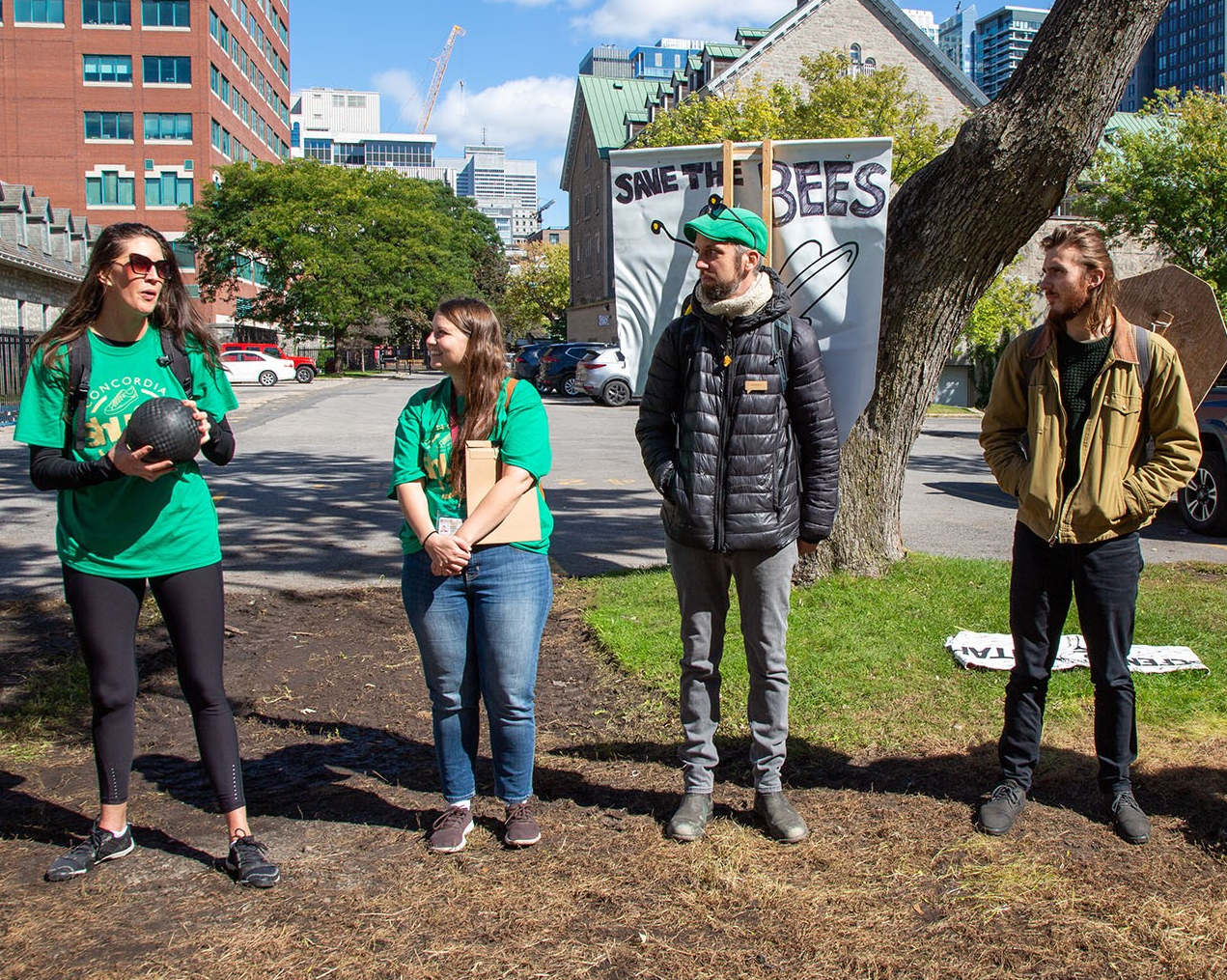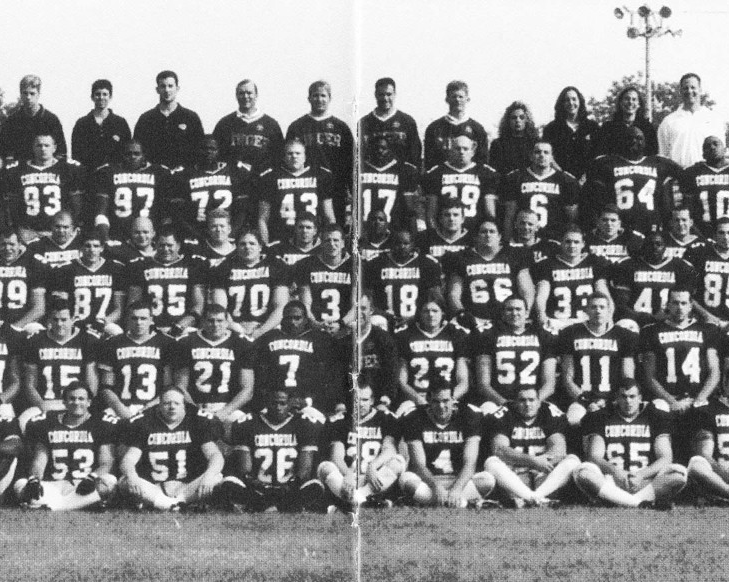Determined to make a difference
Born and raised in Montreal by an Irish-policeman father and a Quebecois-schoolteacher mother, O’Reilly’s earliest contacts with Indigenous Peoples were his friendships with Mohawk junior hockey teammates. And he never forgot the grim living conditions of the Innu community he witnessed near Schefferville, in Northeast Quebec, where he spent several summers as a student working for an exploration company.
“It struck me then,” he says. “Later, when I had a chance, I said, ‘I need to do something for them, or with them.’”
The opportunity came early in his career, when O’Reilly was starting out at Martineau Walker (later Fasken Martineau), cutting his teeth on succession and real-estate law. To this day, he’s not sure who recommended him to Kahnawake Chief Andrew Delisle, who was seeking a lawyer on a St. Lawrence Seaway expropriation case and called him out of nowhere.
This was the 1960s, and the early days of Indigenous activism to get historical rights recognized. O’Reilly ended up doing more work with Delisle, a founding member of the National Indian Council and of the Indians of Quebec Association. As they toured communities to list their claims, the young lawyer built up knowledge of Indigenous law, which few of his peers had then done.
It’s that rare expertise that convinced him to challenge the hydroelectric dams Quebec planned to build in the James Bay area. The Cree and Inuit, who hadn’t been consulted on the massive project, feared it would destroy their environment and threaten their survival. In 1972, O’Reilly left Martineau Walker, which was by then representing the James Bay Development Corporation, took the case, and co-founded a firm.
“I didn’t feel like I had much choice,” he said of his life changing decision. “I couldn’t have lived with myself if I hadn’t tried.”
The legal challenges, including a short win to halt the construction of the project, were epic and followed by tense negotiations. But the resulting settlement, known as the James Bay and Northern Quebec Agreement, was a seminal treaty that acknowledged specific rights of the communities on the land, and paved the way for more pacts.
O’Reilly went on to work alongside First Nations from Newfoundland to Alberta, where he sat across from the federal government in oil and gas disputes. As one of the representatives of the Mohawk Nation, he also became one of the voices of the 1990 Oka crisis.
O’Reilly, who remembers fondly his days on the Loyola College hockey team, won many accolades during his career, including from the Samson Cree Nation of Alberta that named him honorary chief. But when he found out about his nomination to the Order of Canada, three years ago, he hesitated.
“I fought against Canada my whole life. Was I betraying my principles?” he asks.
The answer came from the Cree leaders he consulted. “They said ‘It’s the enemy, but the enemy respects us, so why not?’ So I accepted."


 James O’Reilly with Mary Simon, Governor General of Canada, at the ceremony for the Order of Canada. | Photo: Le Cplc Anis Assari, Rideau Hall © BSGG, 2022
James O’Reilly with Mary Simon, Governor General of Canada, at the ceremony for the Order of Canada. | Photo: Le Cplc Anis Assari, Rideau Hall © BSGG, 2022
 “When you’re absorbed in a topic, it’s stronger than you,” says James O’Reilly. | Photo: Sun Knudsen
“When you’re absorbed in a topic, it’s stronger than you,” says James O’Reilly. | Photo: Sun Knudsen


